What is 4A Hair Type?
Renowned for its versatility & gravity-defying curls & coils Type 4A Hair is celebrated for its adaptability and defined curl pattern.
A dense and vibrant blend of coily and voluminous texture, Type 4A hair often mirrors characteristics of Type 3C due to its expanding curl clusters. Tightly packed together, with loads of volume from the root, 4A curls are defined by their visible S or O-shape.
Retaining moisture somewhat better than its sister hair types 4B and 4C can still be prone to dryness and breakage. The intricate coil shape makes it a challenge for natural oils to permeate each strand, leading to potential dryness and brittleness. Remember, curly hair is thirsty!
The good news for those with Type 4 curly hair, is that because of their naturally defined curl pattern, “wash and go” styles are an easy styling solution and can be achieved with the right products and technique.
Protect your delicate 4A curls from excessive heat, as they're particularly susceptible to breakage, split ends and frizz - all repercussions of heat damage. It's best to avoid heat at all costs, but if you do use heat, always use a heat protectant.
Although it shares similarities with other tight curl patterns, Type 4A stands out with its coarse, dense texture. This ‘coarseness’ intensifies along the Type 4 spectrum.
💡 Not sure if Type 4 hair is your exact match? Or want to know which products are best for your unique hair type? Take our Hair Quiz to find out! Answer a few quick questions and get personalised recommendations tailored to your hair’s needs.

Do I Have 4A Hair?
Not sure you have Type 4A Hair? Don’t fret. It’s actually normal to have multiple curl patterns on your head, and ultimately what you want to do is narrow it down to the type of hair you think you ‘mostly’ have.
Type 4A is usually defined by larger than life, voluminous coils that crave moisture!
Does your hair have any of the following?
- S or 0-shaped coil pattern (or mixed)
- Lots of volume from the root
- Gravity-defying volume
- Ability to stretch
- Out & up growth
If you’ve ticked yes to some (or all of) of the above, then chances are you’ve got Type 4A curly hair.
The main distinction between 4A and 3C hair lies in the fact that 4A consists of more coils than curls. Additionally, its S-shaped pattern becomes visible when the hair is stretched.
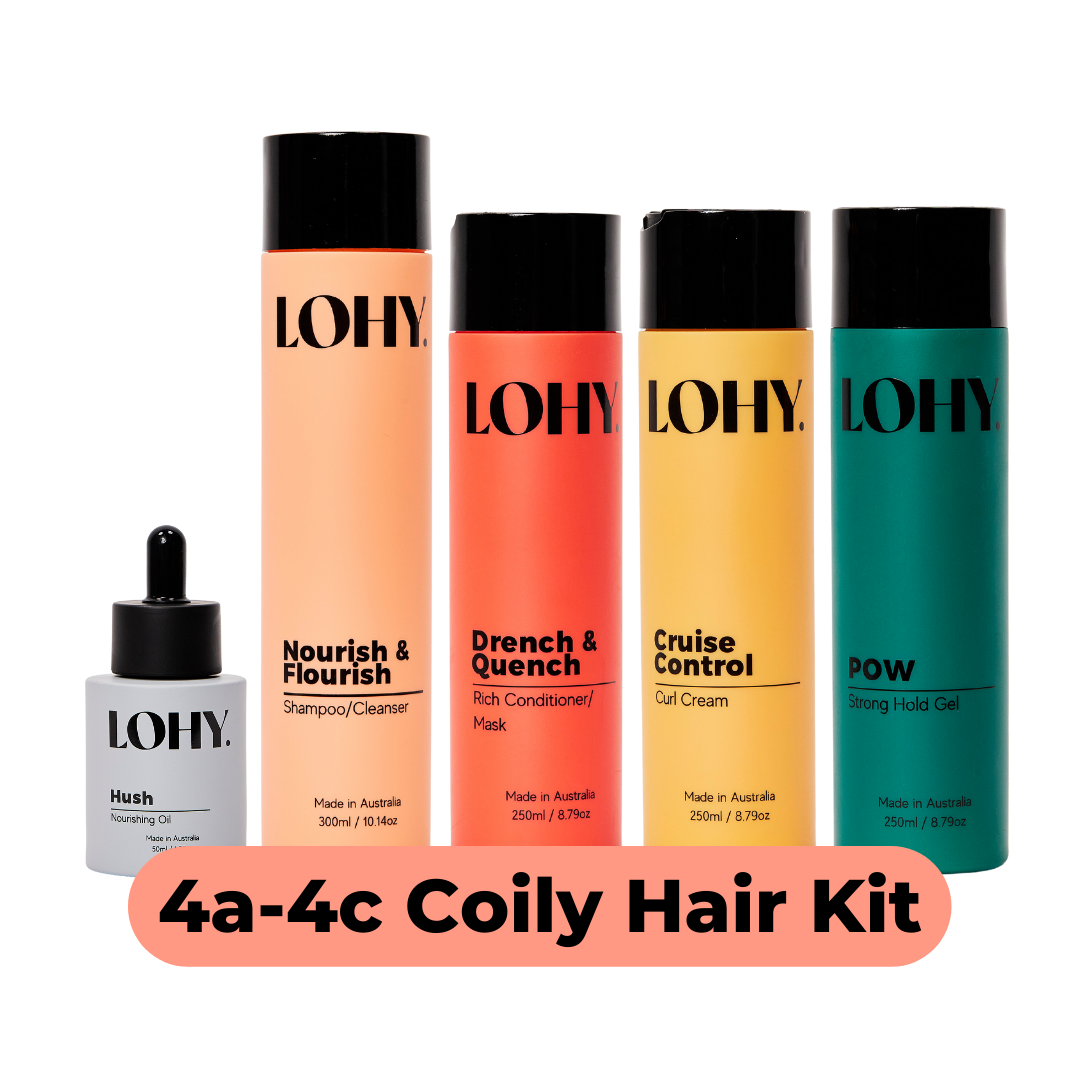
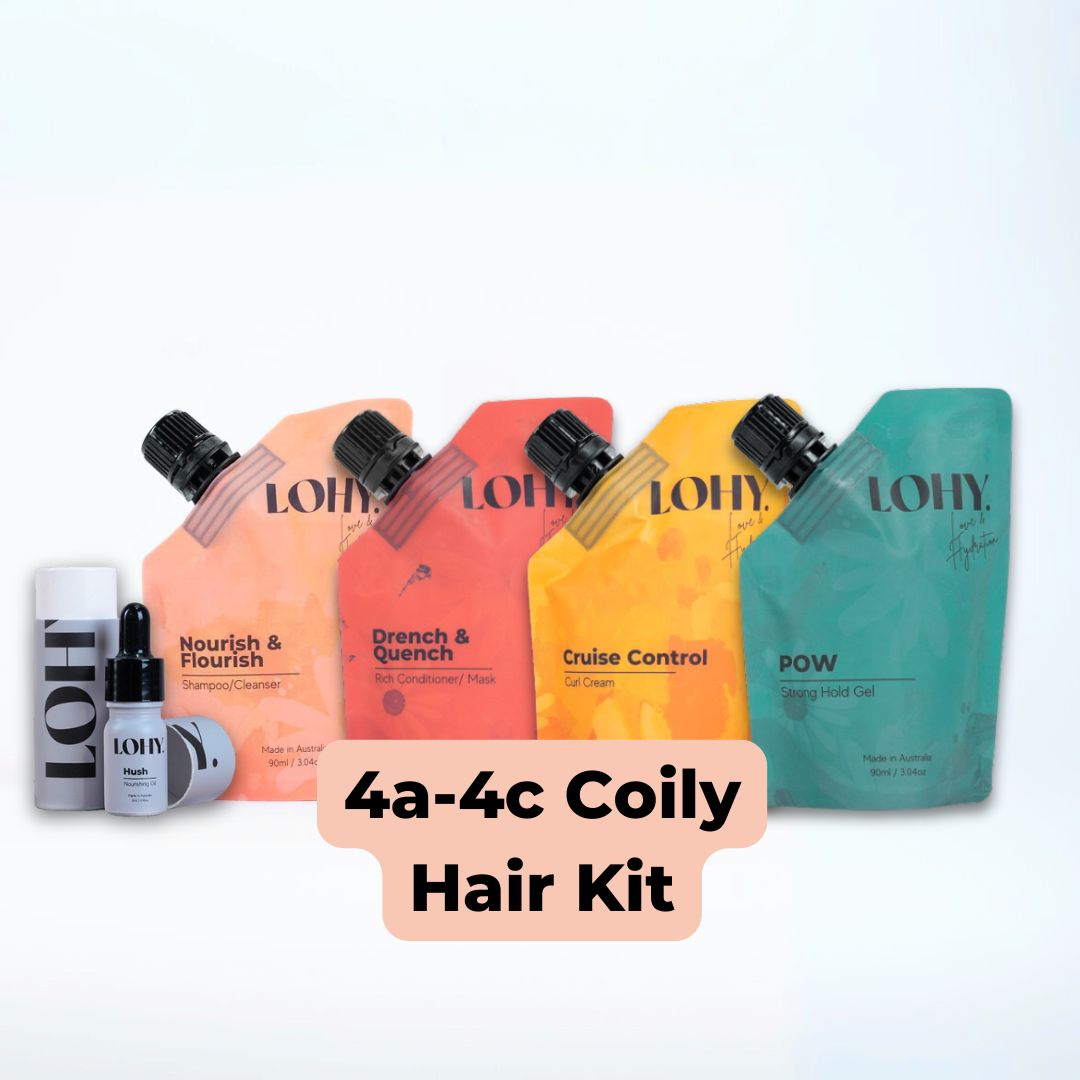
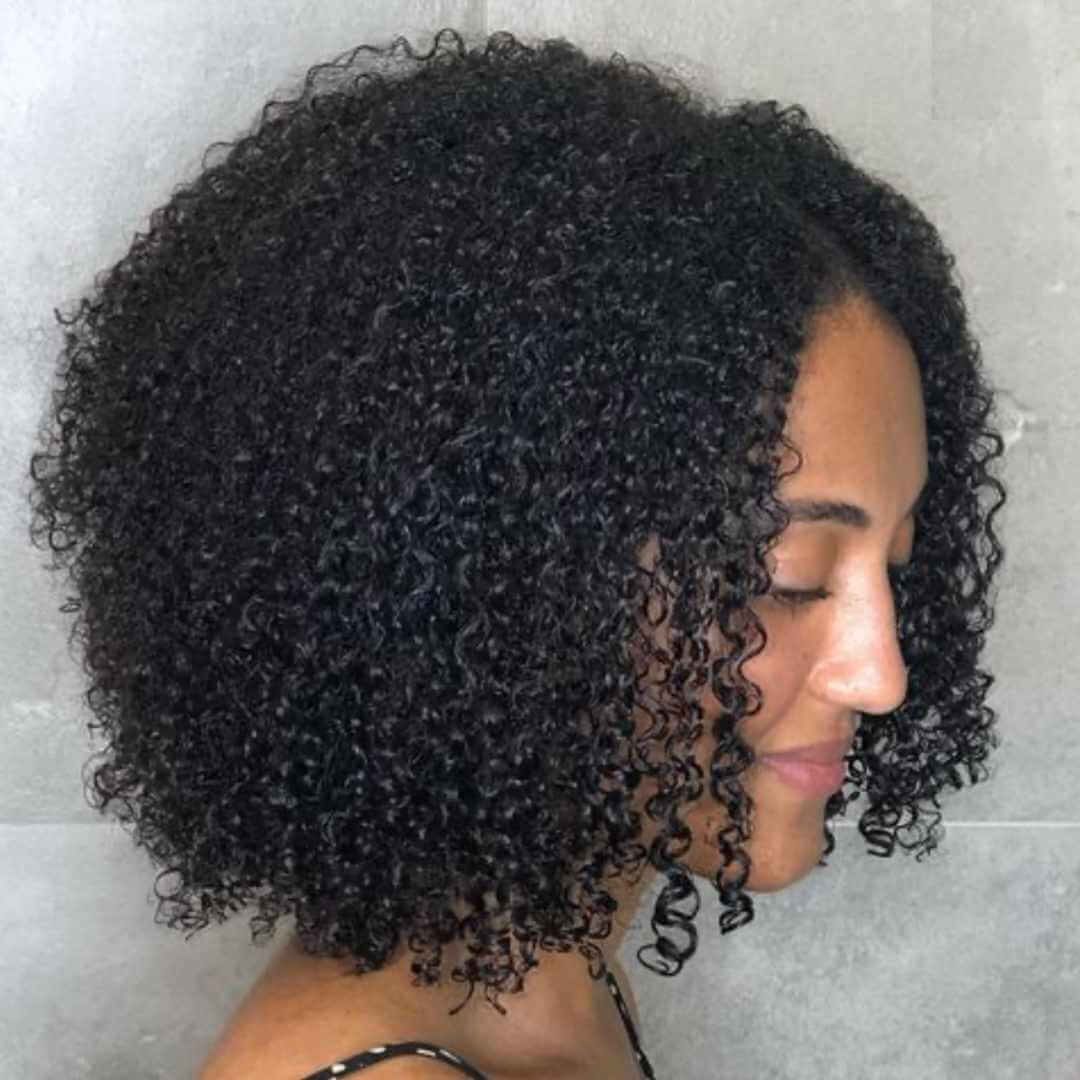
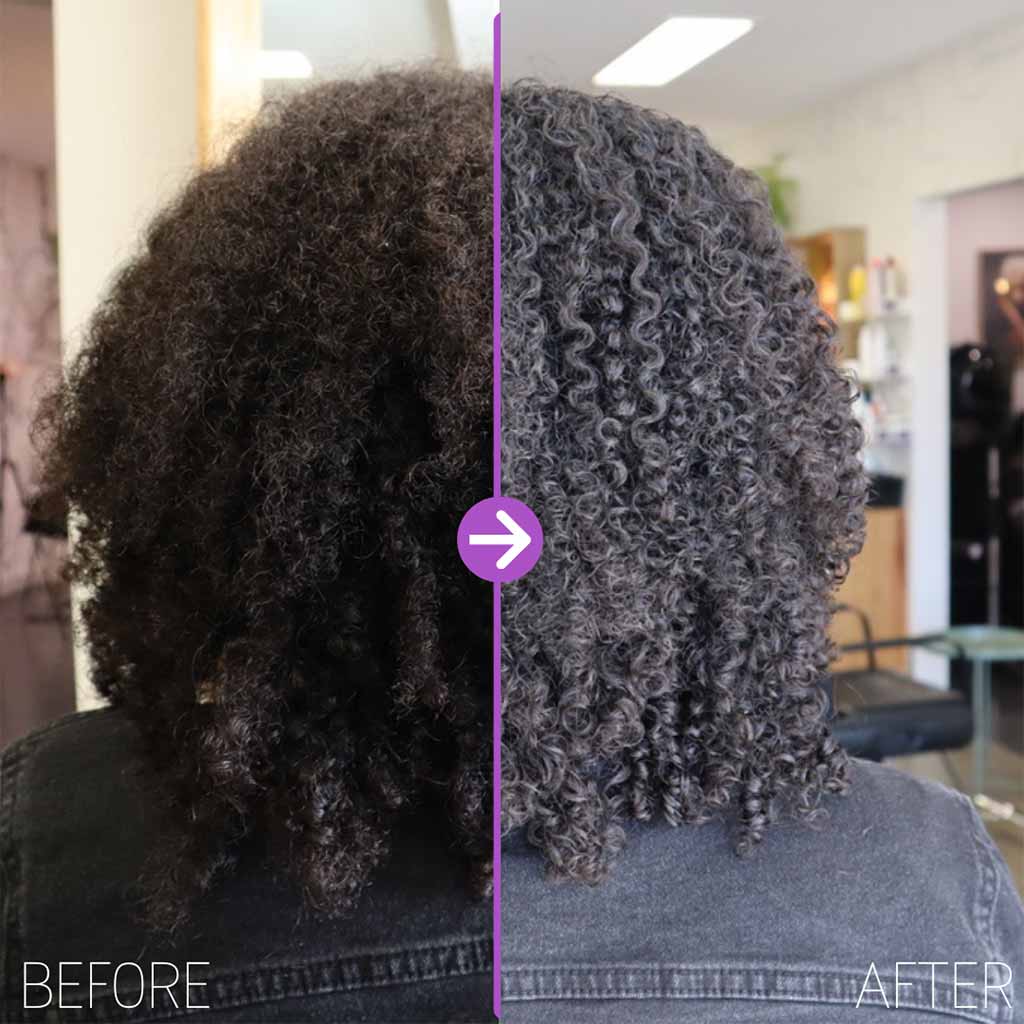
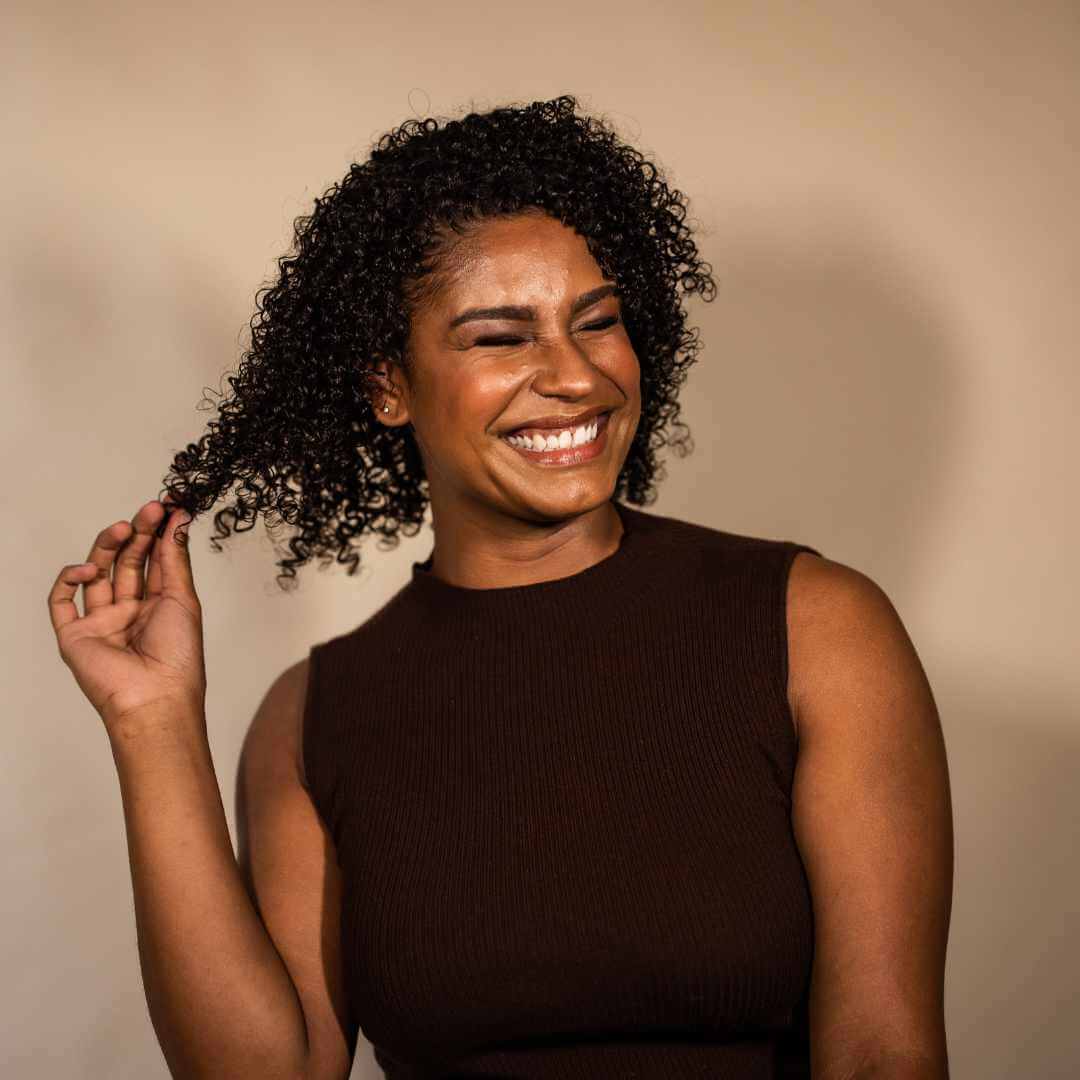
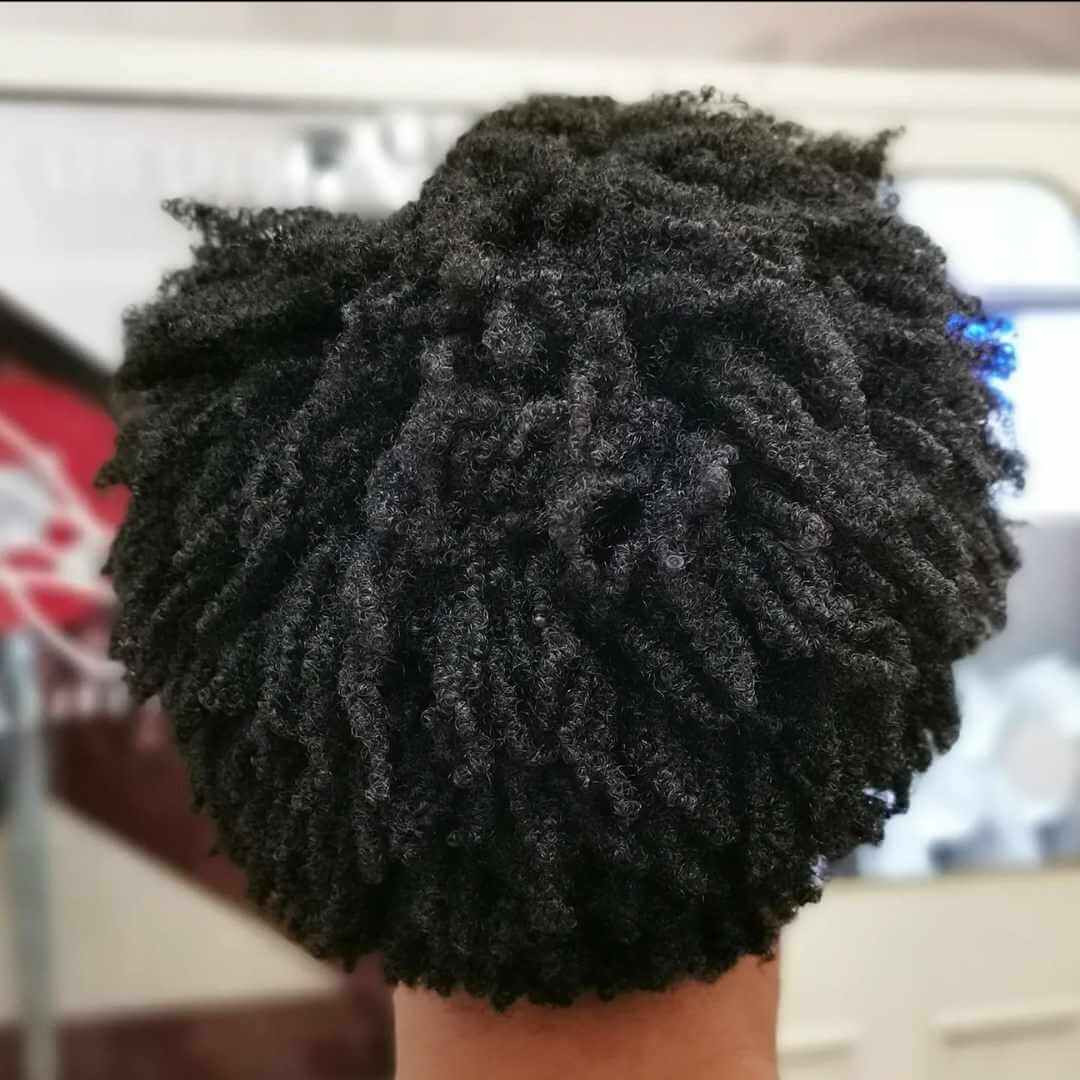
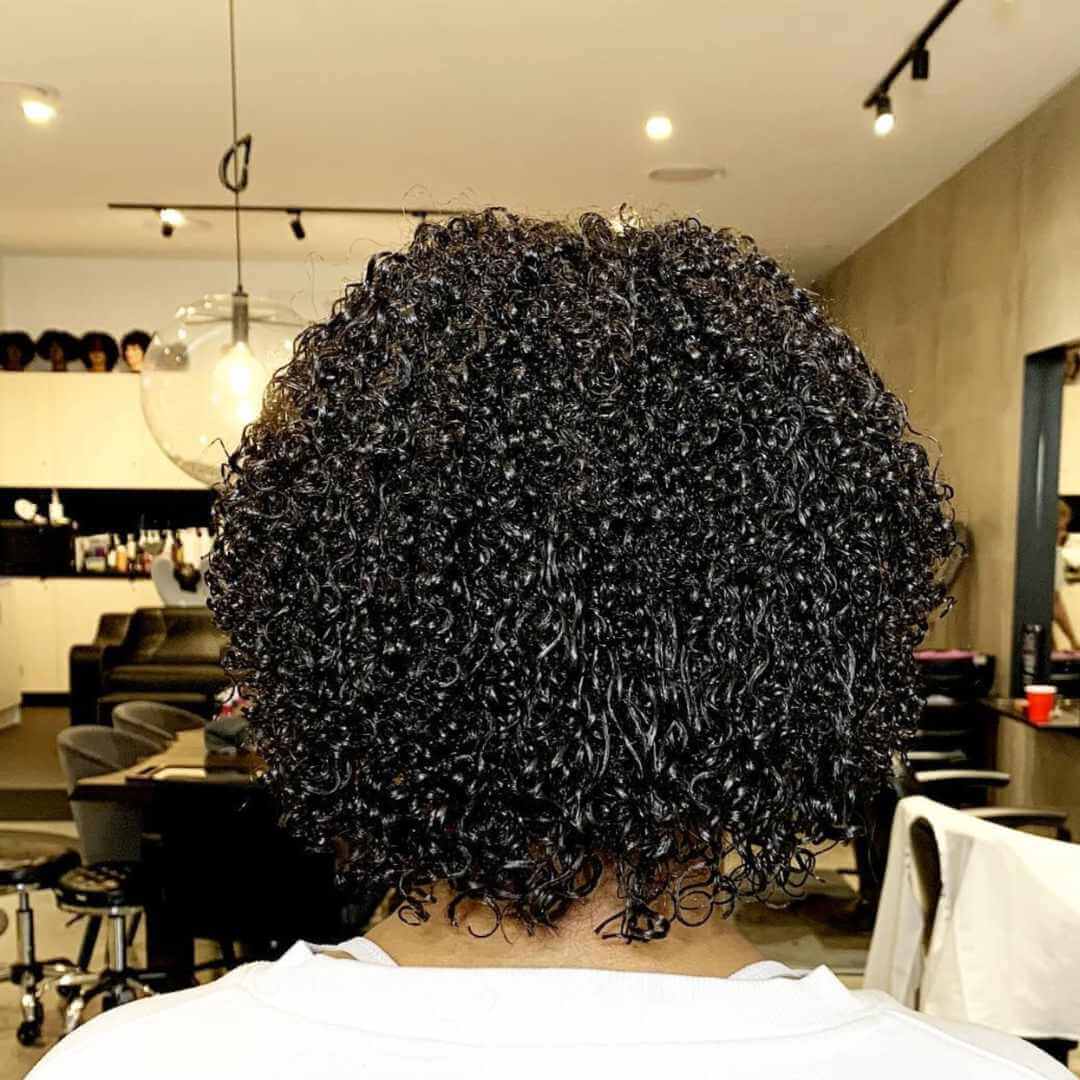
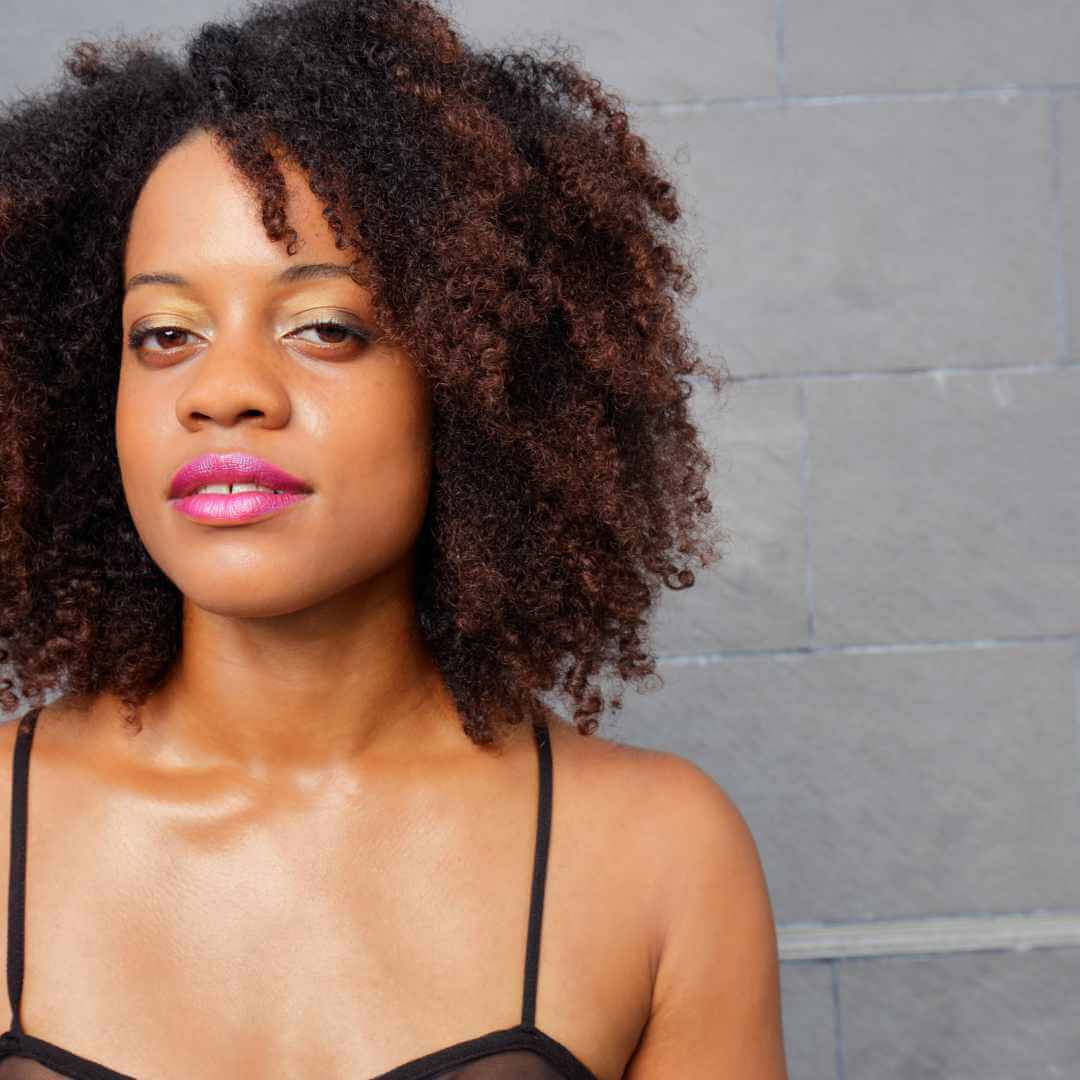
4a, 4b, 4c - Coily Hair Kit
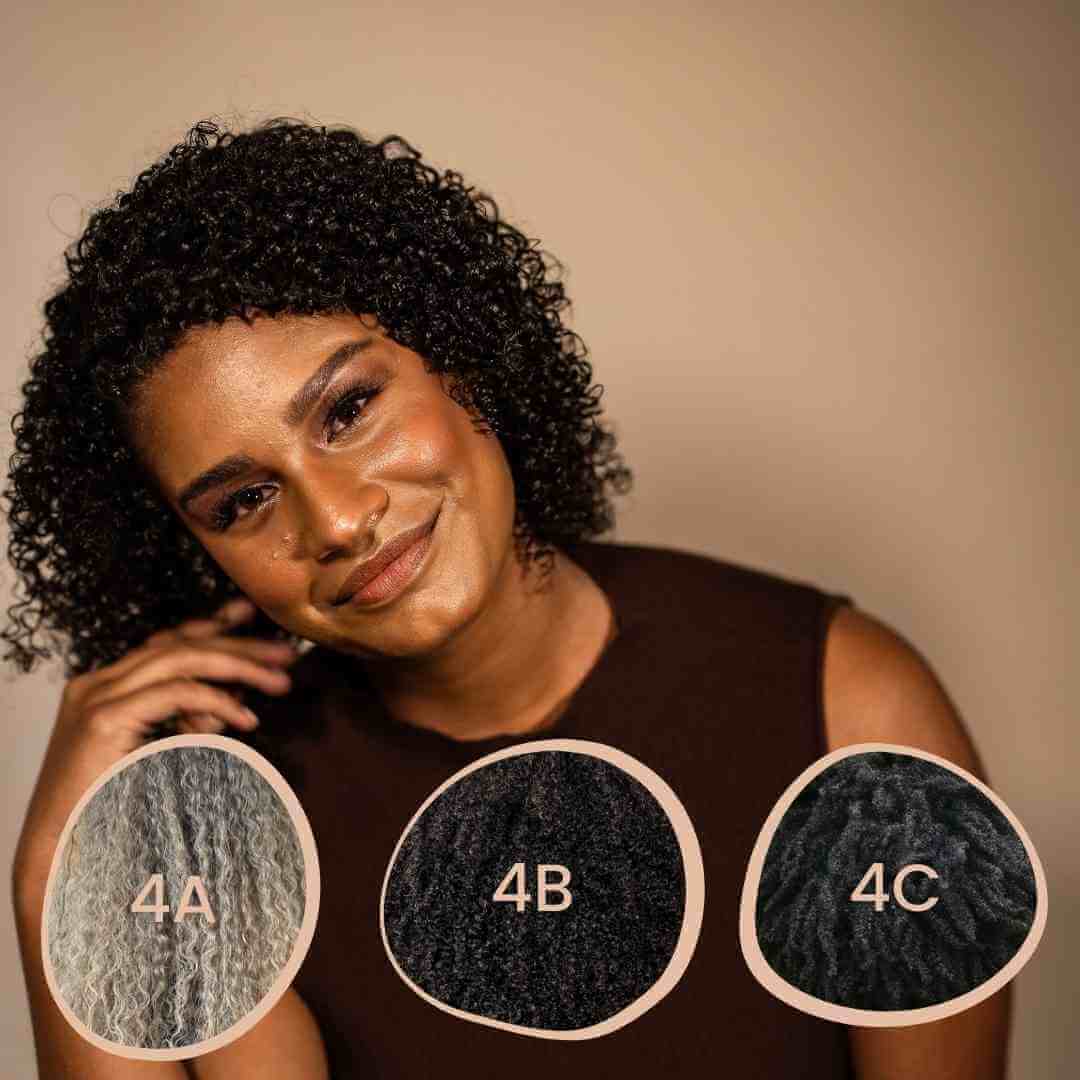
Does All Hair Have the Same Porosity & Texture?
That would be too easy right? Every hair type has different porosities and textures. This totally changes the way you should care for your hair and style your curls.
WHAT IS HAIR POROSITY?
The phrase porosity refers to your hair's capacity to absorb and hold onto moisture. Be it from hydrating hair products or simple water every hair type is different.
Time to get ‘scienc-y’. To gauge whether your hair has low vs high porosity, you can conduct a simple experiment.
- Immerse a single hair strand into a water-filled glass and observe what it does.
Here's what each outcome indicates about your hair care regimen:
- Rapidly sinking strand: Hair with high porosity quickly soaks up moisture but releases it just as swiftly. If you notice your strand sinking promptly, we recommend avoiding using hot water. Instead, warm showers are best, and finish with a splash of cold/ lukewarm water. Regular moisturising, complemented by periodic protein treatments, will fortify your cuticles.
- Gradually sinking strand: Hair with normal porosity that descends slowly in water is a sign of its ability to both absorb and retain moisture effectively. To preserve this balanced porosity, steer clear of heat styling or aggressive hair treatments. Utilise moisturising conditioners rich in nourishing and organic ingredients.
- Floating strand: Hair with low porosity tends to float, indicating a reluctance to absorb moisture. The silver lining is that once it does take in moisture, it retains it well. To help with moisture absorption, use a shower cap in conjunction with our Intensive Conditioner. It's best to sidestep protein treatments for low porosity hair.
What is the Texture of 4A Hair?
Hair texture refers to the individual hair fibres thickness. Also the diameter, width and length of the hair strand. The texture of hair will determine how often you will need to wash your hair, and how many days you can stretch it out between washes.
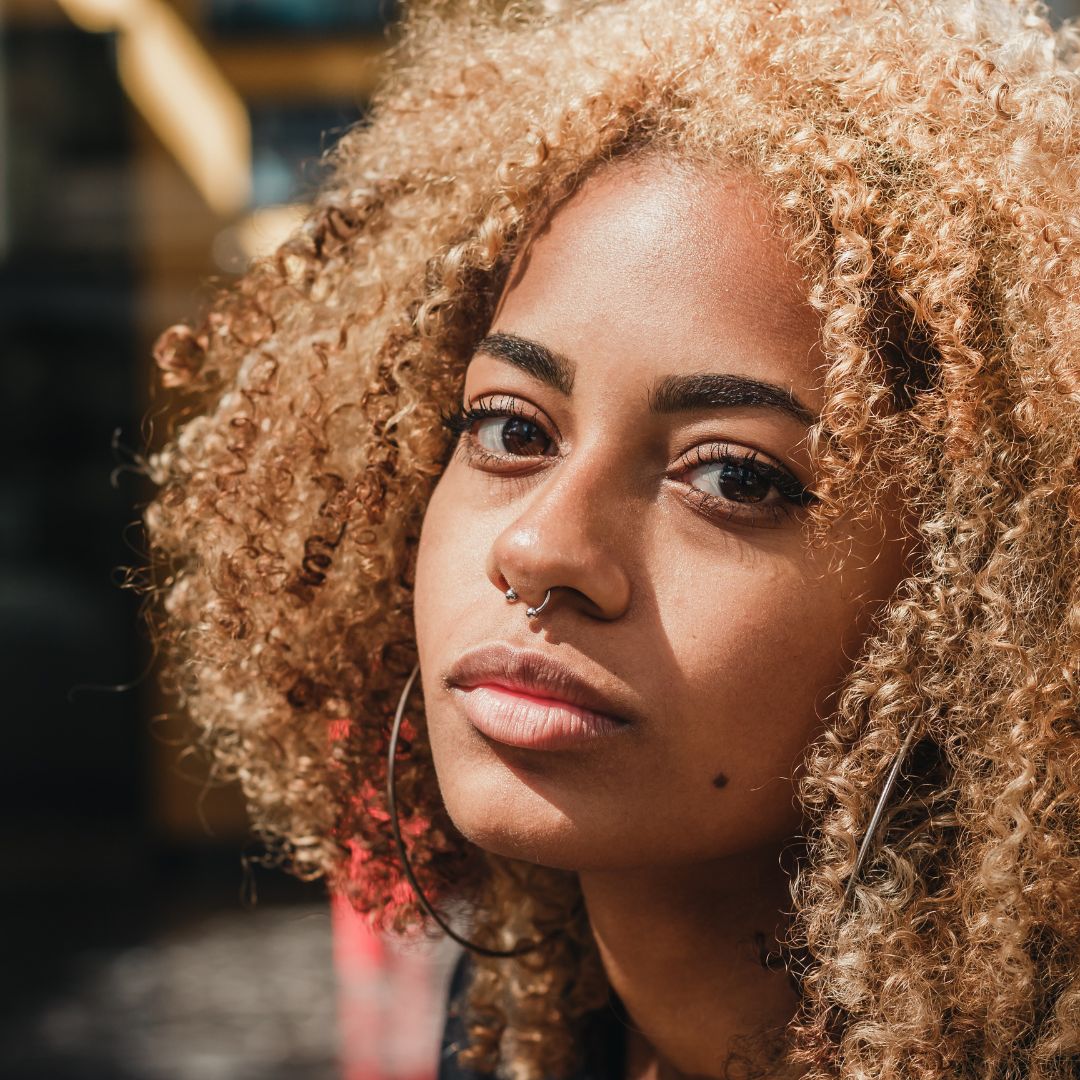
Texture of 4A Hair
The texture of Type 4A hair can vary, affecting how it reacts to products and styling:
Fine Texture:
- Fine 4A hair is lightweight and can get weighed down by heavy styling products. It requires lighter products and gentle handling to maintain its curl definition and volume.
Medium Texture:
- Medium-textured 4A hair offers a balance between strength and flexibility. It's resilient to styling and can handle a wider range of products compared to fine hair.
Coarse Texture:
Coarse 4A hair has the thickest strands, providing robustness but also potentially leading to more dryness. It often requires more moisture and richer products to keep the curls hydrated and defined.
Understanding the porosity and texture of your 4A hair is essential for selecting the right products and styling methods, ensuring your curls remain healthy, vibrant, and beautifully defined.
4A Hair Care
To truly nurture 4A hair, use products specifically formulated to deeply hydrate and enhance its natural coil. When stretched, a strand of this hair type will reveal just how long your hair actually is! Demonstrating the pronounced shrinkage typical of its coiling nature.
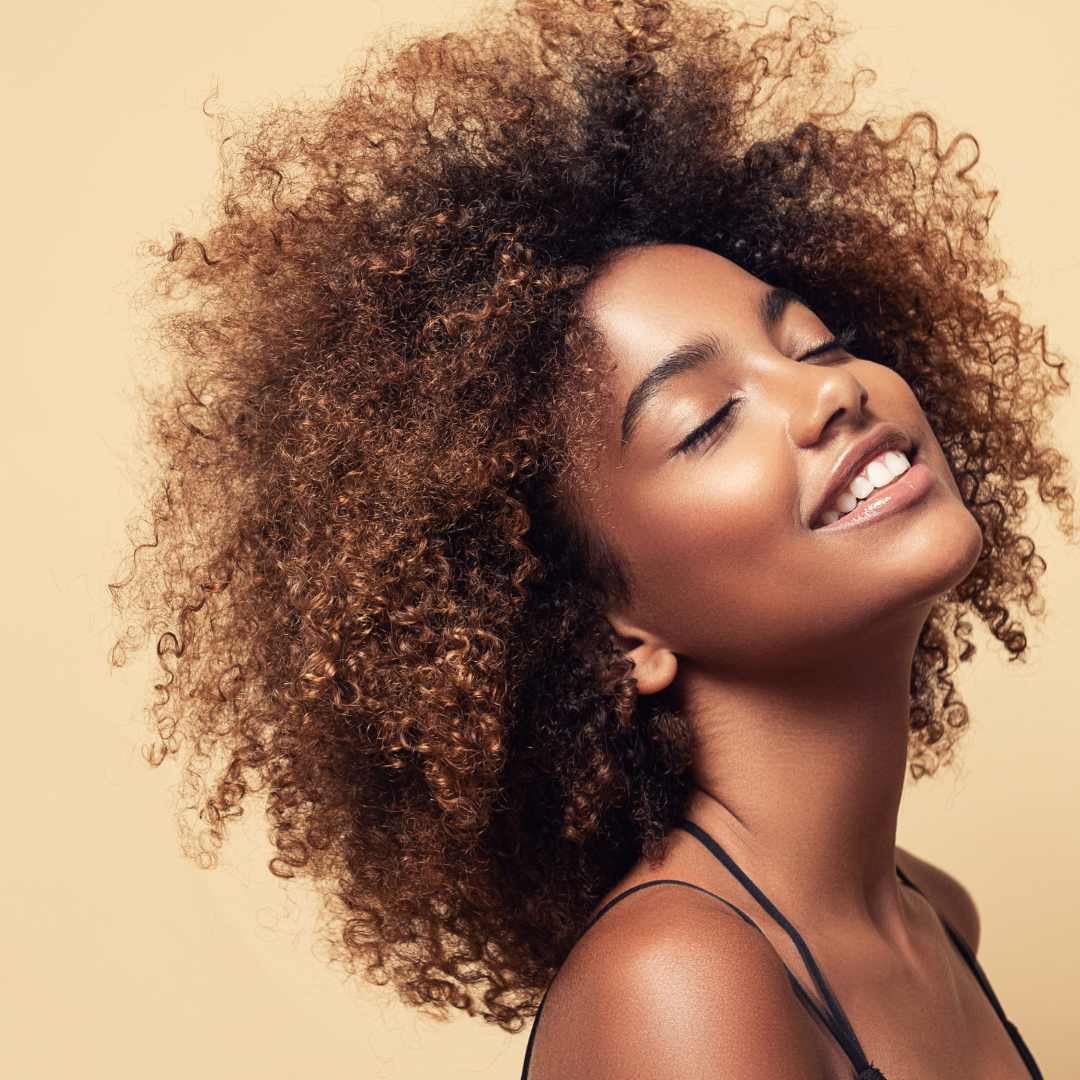
Wash Routine
Implement a solid wash day routine with a nourishing shampoo and conditioner. Whether you have fine hair or thick hair, a routine that supports hydration is essential for Type 4 hair.
Next time you jump into the shower, follow these 6 simple steps;
- Wet your hair.
- Distribute shampoo on the scalp and cleanse thoroughly. Rinse
- Apply conditioner liberally, focusing on the ends and mids of your hair passing it a few times down the entire hair shaft.
- Detangle your hair, section off & twist your detangled hair to help absorb moisture.
- Let your conditioner sit for as long as you like, but at least for 5-10 minutes to soak up the moisture.
- Rinse conditioner, you can always leave a little in the ends of your hair to assist with styling.
Pro tip: Change up your wash routine according to your hair's porosity and texture. You'll notice the benefits!

Styling Routine + Hair Care
Now that you know your hair type, texture and level of porosity, it’s time to get into styling and caring for your curly hair. There is no doubt about it, Type 4 hair leans towards being dryer than other types of hair. Resulting in fragile, breakable strands that need some extra TLC. Infusing your hair with hydrating products with every wash is crucial, and always making sure that your products are free from harmful chemicals will prevent future damage. Deep conditioning weekly is recommended for optimal protection.
Follow these five steps to keep your 4A hair moisturised and prevent a tangled, stringy mess.
Essential Care Tips for Type 4A Hair:
Night-Time Hair Protection
While this tip isn't exclusive to 4A hair types, sleep protection to protect your curls is essential. Ensure your afro curls stay defined overnight by tying them in a high bun or wrapping them in a protective cozy or satin cap, this creates a protective layer against pillow friction. One step further, a silk pillow slip is another good investment, not only does it feel nice to sleep on, it takes away any chance of frizz and friction overnight.
Gentle Detangling
Voluminous curls often bring the challenge of knots. However, there's no need for aggressive combing. Instead, opt for a detangling brush or comb. We recommend the Flexi Brush + detangling products dedicated to conditioning and tackling knots. Best practice? Gently comb through your conditioned curls while in the shower, ensuring a tangle-free dry. You can also brush your leave-in through to create curl clumps post shower.
Post-Shower Hydration
Proper 4A hair care revolves around a routine that combats breakage, dryness and frizz. Given the hair's unique zig-zag pattern, natural oils don't always make their way down the shaft to coat the hair strand fully.This makes the hair less prone to oiliness but susceptible to dryness. Post-wash, layer your products from the lightest to the heaviest:
- Leave-in conditioner
- Mousse
- Curl cream + Styling gel
- Nourishing oil
- With these products nourishing your locks, choose a drying method that best suits your needs.
Damage-Free Drying Techniques
Having cleansed and hydrated, the next step is drying without damaging your curls. While air drying remains number one for minimal damage, if you're short on time or don't fancy damp hair, consider using a diffuser on the lowest heat.
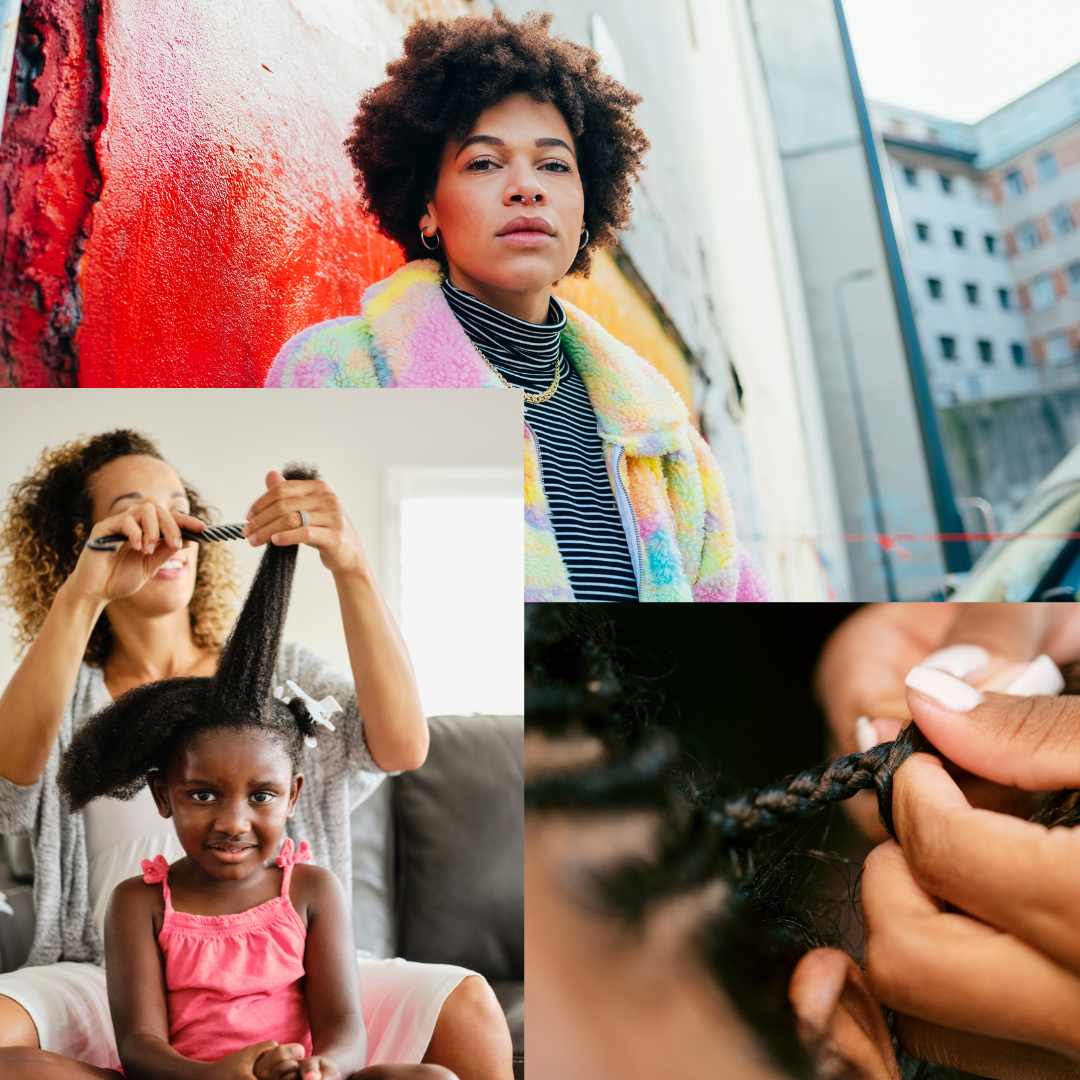
4A Styles for Afro-Textured Hair
#1 FREE-FLOWING COILS
Leave in + Cruise Curl Cream + Drying naturally = Naturally gorgeous!
Allow your natural to shine! A simple wash-and-go style lets your couple do what they do best!
Best results for this look are seen in the first few days post-wash.
Post wash, day 1-3 is when you will see the best results for a simple ‘set-and-forget’ style. When your curls are saturated with the moisture from your shower regimen they are at their most hydrated!
As days progress from your wash day, the definition might wane a bit. A curl cream will help keep any fly-aways under control and won't weigh down your hair. So, take full advantage of your curls' natural state and flaunt those freshly washed, deeply hydrated curls.
#2 DRAMATIC UPDOS
Leave in + Cruise Curl Cream + Oomph Medium Hold Gel = Updo’s with lasting hold.
A high pony, a bun or a twist-out creates a tidy and dramatic updo.
Whether your curls are loosely tied up in a ponytail, twisted into a bun, or gathered into a claw clip these everyday styles make for a chic and day-to-night look.
#3 PROTECTIVE TWISTS & BRAIDS
Leave-in + Cruise Curl Cream + Pow Strong Hold Gel + Hush Hydrating Oil.
Braids and twist outs are great if you want simple styles that last all week. They prevent your hair from breakage, over-touching, and because of the structure of Type 4a hair, they won't be falling out when you sleep.
If you’re opting for a twist out style and a slicked back look is what you're going for, use a leave-in + Curl Cream + Strong Hold Gel to get the best results. For an extra layer of protection and shine finish with HUSH hydrating oil. Section your hair into 4 sections, twist or braid the entire section from the root to the ends. You can add in hydrating products as you go for a more defined and secure style.
For a more detailed guide on how to achieve the perfect twist out.
NURTURE YOUR 4A CURLS WITH LOHY
Play around with treatments and styles tailored to your unique hair type. Once you've mastered your preferred routine and go-to styles, don't stop there!
With the help of LOHY’s meticulously formulated products, grounded in scientific research and designed to uplift every curly strand, curly hair care has never been easier.
Prioritising the health of your hair, our products are infused with organic and hydrating ingredients like Primrose, Macadamia and Jojoba Oils to nourish and fortify your curls.
LOHY makes loving your curls easy!
FAQs for Type 4A Hair
What characterises Type 4A hair?
Type 4A hair is known for its tight S-shaped coils that are prone to dryness due to their unique structure, which makes it challenging for natural oils to cover the entire strand.
What's the difference between 4A hair and Afro Hair?
4A refers to a specific hair type characterised by tight S-shaped coils, whereas "afro" is an abbreviation for afro-textured hair. They basically mean the same thing.
Why is Type 4A hair referred to as an Afro?
A ‘Fro’ not to be confused with afro hair, is more commonly a hairstyle that showcases natural curls in a rounded shape around the head. It's worth noting that any type 4 curl types, including 4A, can be styled into a ‘fro’. The term "fro" doesn't define hair texture but rather a particular hair look that can be created with afro-textured hair.
Why are Type 4A curls so thirsty for moisture?
Given the coily zig-zag structure of Type 4A hair, it struggles to retain the scalp's natural oils. This leaves the hair more susceptible to dryness, making hydration paramount.
What methods can help hydrate Type 4A hair?
The "plop" method, which involves wrapping wet hair in a cotton t-shirt or microfiber towel, can help retain moisture while reducing frizz. Additionally, deep conditioning treatments and frequent use of hydrating masks are highly beneficial. These can be left on as long as you like.
How often should I deep condition my 4A curls?
For optimal moisture retention, consider deep conditioning your hair every 1-2 weeks. Adjust based on the needs of your hair; if it feels excessively dry, you might want to deep condition more often.
Which ingredients should I look for in hydrating products for 4A hair?
Ingredients such as shea butter, aloe vera, honey, and natural oils (e.g., jojoba, olive, and coconut oil) are excellent for infusing moisture into 4A hair.
Are there any styling techniques that help lock in moisture for 4A hair?
Protective styles such as braids, twists, or up-dos can help retain moisture, as they reduce the exposure of hair to environmental stressors. Sealing the hair with oils after moisturising also helps lock in hydration.
How can I prevent breakage and maintain my 4A hair's health?
Apart from keeping the hair hydrated, use wide-tooth combs or finger detangling to prevent breakage. Also, shield your hair at night using silk pillowcases or a sleep cozy to reduce friction and moisture loss.

